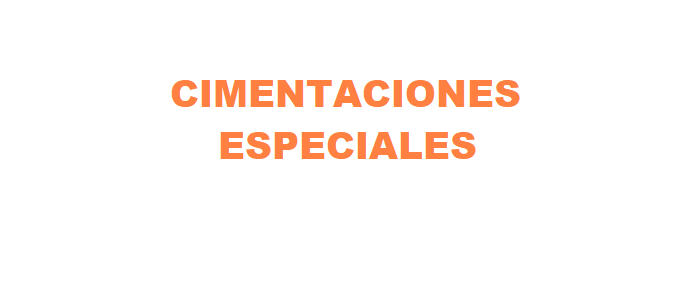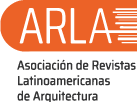Current requirements for the geotechnical design of shallow foundations
DOI:
https://doi.org/10.51372/gacetatecnica232.1Keywords:
seismic demand, scarrying capacity polynomial equation, shallow foundationsAbstract
The design of shallow foundations is perhaps one of the most common requirements in professional practice of the geotechnical engineering, which has motivated the development of a significant number of experimental, theoretical and numerical investigations to date. Studies on the response of a shallow foundation begin with the proposal of the failure mechanism defined by Prandtl and used by Reissner in the twenties of the 20th century, followed by the formulation of the well-known polynomial equation of Terzaghi's bearing capacity in 1943. Based on the foregoing, works by pioneers in this line such as Meyerhof, Skempton, Vesic and Brinch Hansen, to highlight just a few, have maintained their validity to date at an academic and professional level, due to the practical nature of their proposals. However, the methodologies derived from them, indirectly consider that the foundation plan is composed of isolated elements, whose behavior is evaluated independently of the structuring and distribution of loads in the foundation, which may be far from the solicitations that are had in a project
Downloads

Published
How to Cite
Issue
Section
Copyright (c) 2022 Edgar Giovanny Diaz-Segura

This work is licensed under a Creative Commons Attribution-NonCommercial-ShareAlike 4.0 International License.
The opinions expressed by the authors do not necessarily reflect the position of the editor of the publication or UCLA. The total or partial reproduction of the texts published here is authorized, provided that the complete source and electronic address of this journal is cited. Authors have the right to use their articles for any purpose as long as it is done nonprofit. The authors can post on the internet or any other media the final approved version of their work.






.png)




